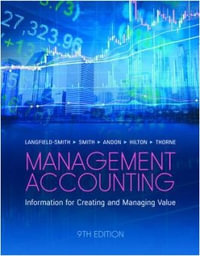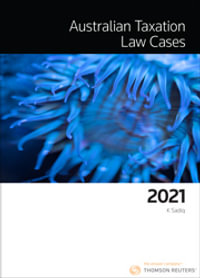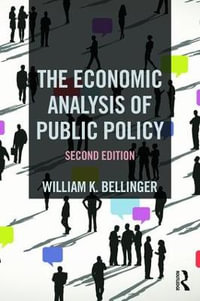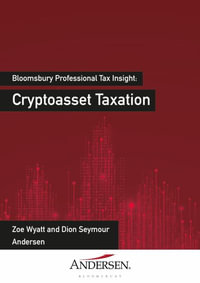| Foreword | p. xi |
| Preface | p. xiii |
| Acknowledgments | p. xv |
| Contributors | p. xvii |
| Abbreviations and Acronyms | p. xxi |
| Overview | p. 1 |
| Financial Accounting and Reporting | p. 7 |
| Traditional Functions of Financial Accounting and Reporting | p. 9 |
| Accounting Bases | p. 13 |
| Expanding Traditional Functions | p. 19 |
| Financial Reporting Standards | p. 29 |
| Summary | p. 30 |
| Notes | p. 31 |
| References and Other Resources | p. 32 |
| Local Government Cash Management | p. 33 |
| Collections | p. 34 |
| Funds Concentration | p. 41 |
| Disbursements | p. 45 |
| Banking Relationships | p. 48 |
| Cash Flow Forecasting | p. 50 |
| Investing | p. 55 |
| Conclusion | p. 65 |
| Notes | p. 68 |
| References and Other Resources | p. 68 |
| Local Government Procurement and Safeguards against Corruption | p. 69 |
| Overview of Public Procurement | p. 70 |
| Government Systems and the Potential for Corruption at the Local Level | p. 76 |
| The Procurement Process as a Safeguard against Corruption | p. 79 |
| Ethics and Professionalism | p. 97 |
| Conclusion | p. 101 |
| Notes | p. 103 |
| References and Other Resources | p. 103 |
| Local Debt Management | p. 109 |
| How Do Local Governments Use Debt? | p. 112 |
| When Do Local Governments Use Debt? | p. 116 |
| How Do Local Governments Assess Debt Affordability? | p. 121 |
| What Forms of Debt Do Local Governments Use? | p. 137 |
| How Do Local Governments Issue Debt? | p. 143 |
| How Do Local Governments Manage Existing Debt? | p. 149 |
| Conclusion | p. 151 |
| References and Other Resources | p. 152 |
| Local Government Internal Controls to Ensure Efficiency and Integrity | p. 157 |
| Corruption and Money Laundering | p. 157 |
| Objectives and Scope of Internal Controls | p. 159 |
| COSO Framework on Risk Management | p. 165 |
| International Federation of Accountants Standards Applicable to the Private and Public Sectors | p. 171 |
| Institute of Internal Auditors Standards Applicable to the Private and Public Sectors | p. 173 |
| International Organization of Supreme Audit Institutions Identification of Organization Need for Internal Controls in the Public Sector | p. 175 |
| INTOSAI Framework | p. 178 |
| Public Internal Financial Control | p. 180 |
| Best Practices in Control and Management Systems for European Union Membership (SIGMA Baselines) | p. 181 |
| Relevance and Feasibility of Internal Controls for Local Governments in Developing Countries | p. 181 |
| Organizing to Implement Internal Controls | p. 187 |
| Notes | p. 190 |
| References and Other Resources | p. 190 |
| Internal Control and Audit at Local Levels | p. 193 |
| The Need for Improving Accountability in Decentralization | p. 195 |
| Contemporary Internal Controls | p. 198 |
| Internal Audit: A Key Module in Control Systems | p. 204 |
| Conclusion | p. 208 |
| Internal Control and Audit in Local Governments across the World | p. 209 |
| Establishing Effective Internal Control in Local Governments | p. 212 |
| Starting from Scratch: Building an Audit Unit in Local Government | p. 216 |
| Basic Elements of Internal Audit | p. 218 |
| Importance of Risk Management | p. 221 |
| Notes | p. 222 |
| References and Other Resources | p. 223 |
| External Auditing and Performance Evaluation, with Special Emphasis on Detecting Corruption | p. 227 |
| What Makes Auditing in the Government Area Special? | p. 228 |
| The Object of Audit | p. 231 |
| The Scope of the Audit | p. 232 |
| The Users of Audits | p. 247 |
| The Auditor | p. 247 |
| The Auditee | p. 249 |
| The Audit | p. 250 |
| The Auditor's Reporting | p. 253 |
| References and Other Resources | p. 254 |
| Index | p. 255 |
| Table of Contents provided by Ingram. All Rights Reserved. |
























